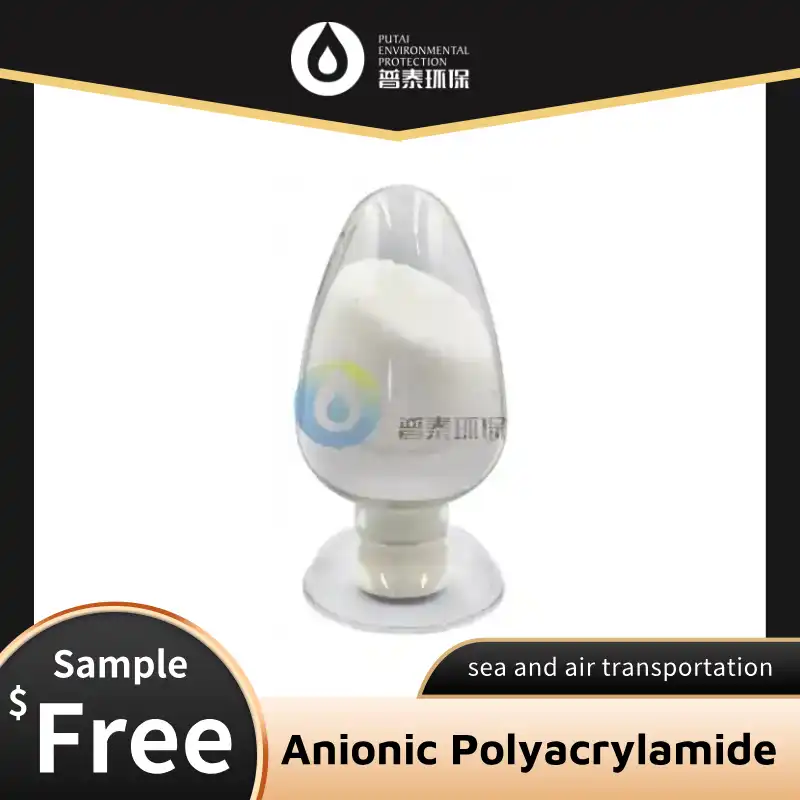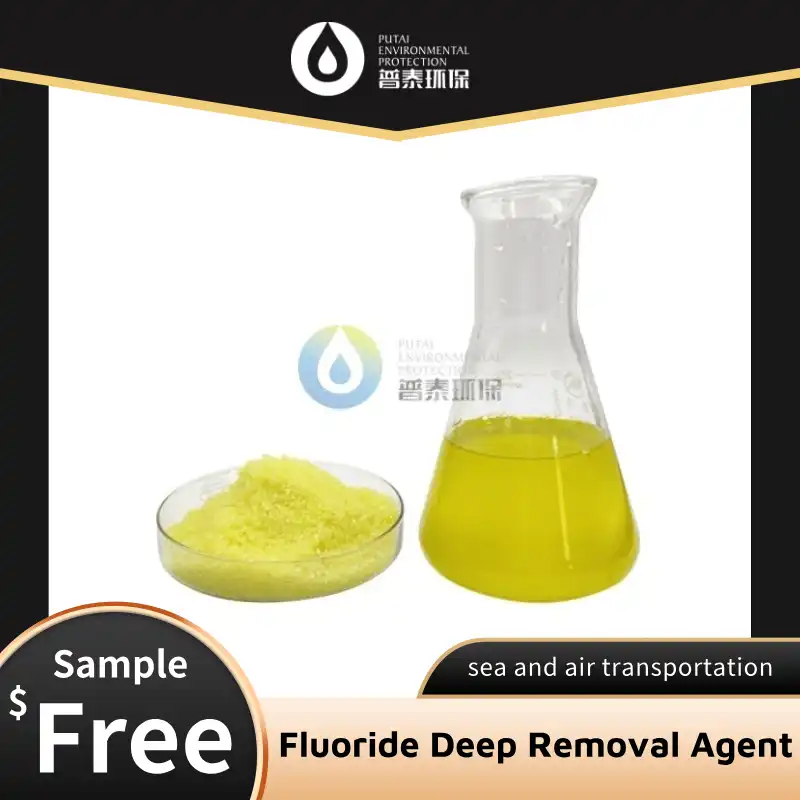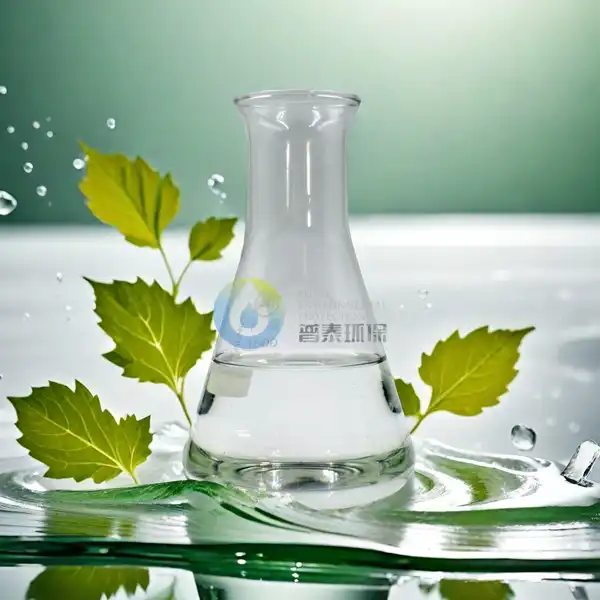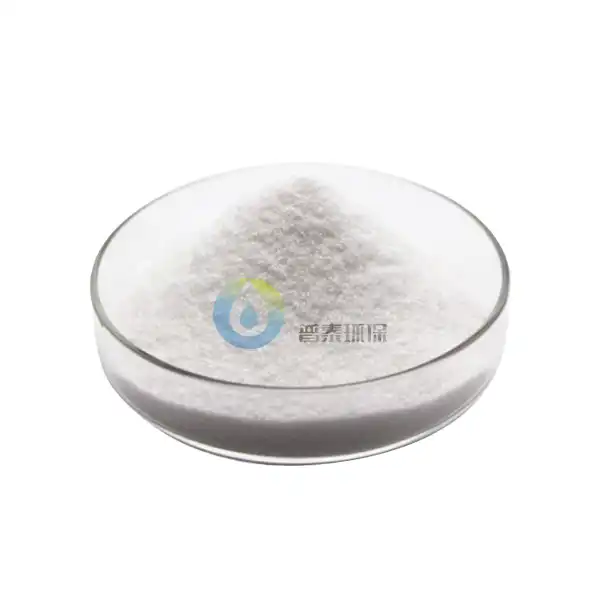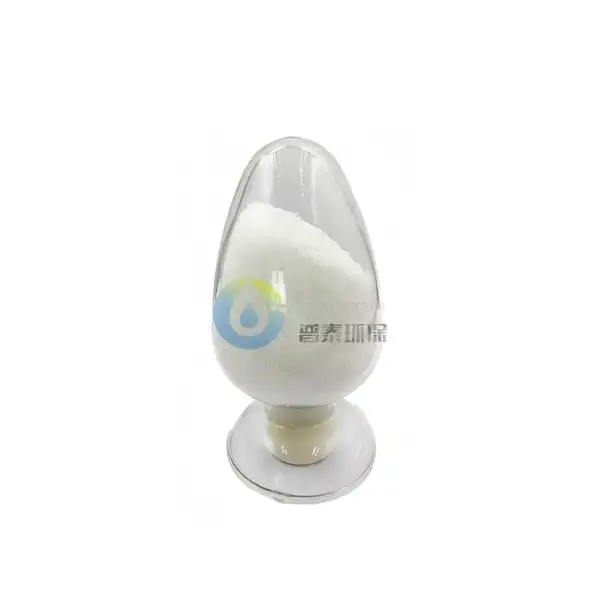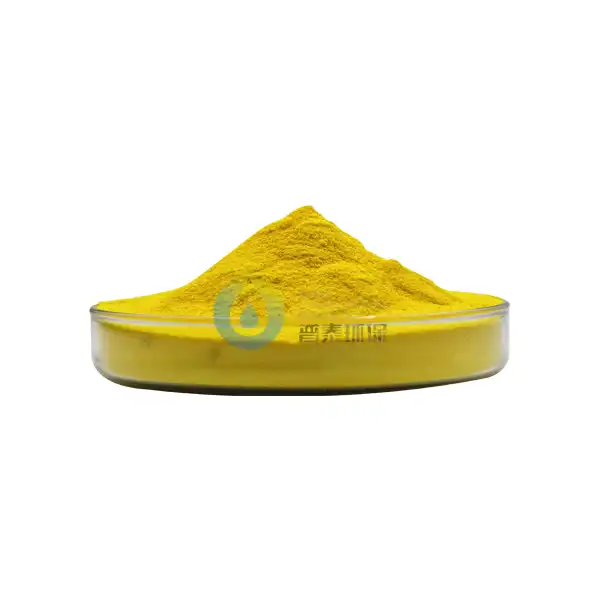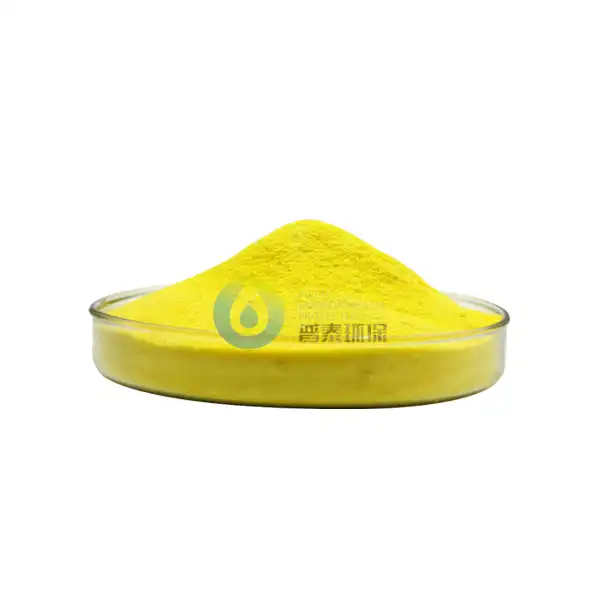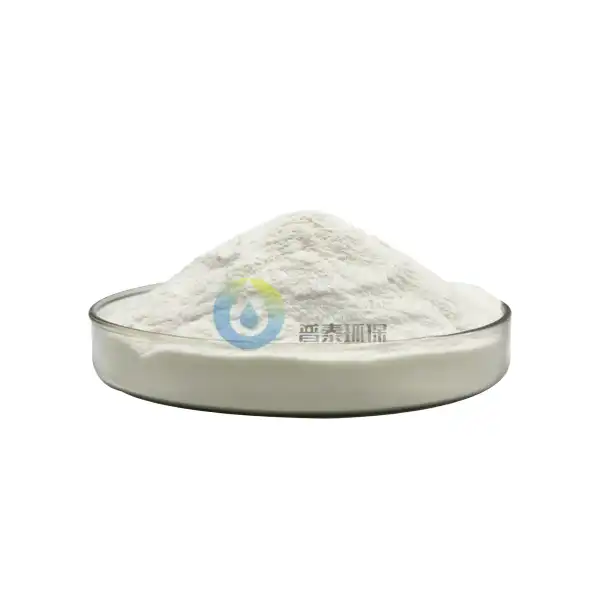Can High Basicity Polyaluminum Chloride Help in Removing Heavy Metals from Water?
Water contamination with heavy metals poses a significant threat to both environmental ecosystems and human health worldwide. Industrial activities release toxic metals like lead, cadmium, mercury, arsenic, and chromium into water sources, causing severe health problems even at low concentrations. High Basicity Polyaluminum Chloride (HBPAC) has emerged as a promising coagulant for effective heavy metal removal. This specialized chemical compound offers unique structural properties and reaction mechanisms that make it particularly suitable for binding and eliminating heavy metal ions from contaminated water sources.
How does High Basicity Polyaluminum Chloride compare to traditional coagulants for heavy metal removal?
The effectiveness of water treatment processes largely depends on the coagulants used, with High Basicity Polyaluminum Chloride demonstrating significant advantages over conventional options.
Enhanced Removal Efficiency Through Advanced Polymeric Structure
High Basicity Polyaluminum Chloride possesses a unique polymeric structure that sets it apart from traditional coagulants like aluminum sulfate and ferric chloride. With a basicity typically ranging from 70-90%, HBPAC contains highly polymerized aluminum species with multiple hydroxyl groups that provide exceptional binding sites for heavy metal ions. Research has demonstrated that High Basicity Polyaluminum Chloride can achieve removal efficiencies of 95-99% for metals like lead, copper, and zinc, compared to 70-85% with conventional coagulants. This superior performance is attributed to its high charge neutralization capacity and formation of robust flocs.
Broader pH Operational Range and Reduced Sludge Production
One significant advantage of High Basicity Polyaluminum Chloride is its performance across a wider pH range. Conventional coagulants operate optimally within narrow pH bands (6.5-7.5), requiring precise adjustment. In contrast, HBPAC maintains effective heavy metal removal across pH ranges from 5.0 to 9.0. Additionally, High Basicity Polyaluminum Chloride produces approximately 25-40% less sludge compared to conventional coagulants. The sludge generated is also more compact and stable, with improved dewaterability characteristics.
Cost-Effectiveness and Lower Environmental Footprint in Long-Term Applications
High Basicity Polyaluminum Chloride typically costs 15-30% more than equivalent alum doses. However, this price differential is offset by operational advantages. The higher efficiency means lower dosage requirements – typically 30-50% less than conventional alternatives. Combined with lower sludge handling costs, minimized pH adjustment requirements, and reduced energy consumption, HBPAC often delivers lower total treatment costs over time. Furthermore, the environmental footprint is considerably smaller, with reduced chemical transportation requirements and lower carbon emissions.
What mechanisms allow High Basicity Polyaluminum Chloride to effectively capture heavy metals?
Understanding the fundamental mechanisms through which High Basicity Polyaluminum Chloride removes heavy metals is essential for optimizing treatment processes.
Charge Neutralization and Electrostatic Interaction Mechanisms
When introduced into contaminated water, HBPAC forms positively charged polynuclear aluminum complexes with high cationic charge density. These complexes interact electrostatically with negatively charged heavy metal species. The high basicity results in a greater proportion of polymeric species with enhanced positive charge characteristics, creating stronger binding sites for heavy metal ions. Studies show that High Basicity Polyaluminum Chloride demonstrates particularly strong affinity for metal species like chromium, arsenic, and selenium that form oxyanions in water.
Adsorption and Co-Precipitation Processes in Metal Sequestration
Beyond charge neutralization, HBPAC excels at heavy metal removal through advanced adsorption and co-precipitation processes. The polymerized aluminum hydroxide structures feature numerous active hydroxyl groups that serve as adsorption sites for heavy metal ions. These hydroxyl-rich surfaces demonstrate particular affinity for lead, cadmium, and mercury ions. As HBPAC hydrolyzes in water, it forms aluminum hydroxide precipitates that incorporate heavy metals through co-precipitation mechanisms. This combination of multiple removal pathways enables more comprehensive heavy metal removal across a wider spectrum of contaminants.
Molecular Recognition and Specific Metal Affinity Properties
The polynuclear aluminum species in HBPAC form three-dimensional structures with specific spatial arrangements of hydroxyl groups that create selective binding environments for different heavy metal ions. This enables preferential binding to certain toxic heavy metals even in the presence of competing cations. For instance, HBPAC demonstrates particularly strong affinity for cadmium and lead ions, with selectivity coefficients 3-5 times higher than for calcium or magnesium ions commonly present in natural waters.
When is High Basicity Polyaluminum Chloride the optimal choice for treating heavy metal contamination?
The selection of appropriate water treatment chemicals depends on specific contamination profiles and treatment objectives.
Industrial Wastewater Applications with Complex Contamination Profiles
High Basicity Polyaluminum Chloride excels in treating industrial wastewaters with complex heavy metal contamination profiles. Mining operations, metal processing facilities, and electronics manufacturing typically generate effluents containing multiple heavy metal species. Case studies from electroplating facilities have shown that HBPAC treatment can reduce chromium, nickel, copper, and zinc concentrations by 97-99% in a single treatment stage. HBPAC also demonstrates excellent compatibility with other treatment chemicals, allowing for integrated approaches that address both heavy metals and organic contaminants simultaneously.
Municipal Water Treatment Facilities Addressing Source Water Contamination
Municipal water treatment facilities increasingly face challenges from heavy metal contamination in source waters. High Basicity Polyaluminum Chloride offers advantages as a primary coagulant due to its dual functionality in simultaneously addressing heavy metals and conventional contaminants like turbidity and natural organic matter. Water utilities have reported 85-95% removal efficiencies for priority metals when using HBPAC as part of conventional treatment trains. It also produces treated water with lower residual aluminum concentrations compared to conventional coagulants.
Emergency Response and Remediation of Acute Heavy Metal Contamination Events
The unique properties of High Basicity Polyaluminum Chloride make it valuable in emergency response scenarios involving acute heavy metal contamination events. HBPAC offers advantages including broad-spectrum effectiveness against multiple metal contaminants, rapid floc formation with shortened settling times, and flexible application across various water conditions. Field demonstrations have shown that mobile treatment units using HBPAC can achieve 90-95% heavy metal removal within 30-40 minutes of deployment, compared to 60-90 minutes for conventional approaches.
What dosage and operational parameters optimize High Basicity Polyaluminum Chloride performance in heavy metal removal?
Achieving maximum heavy metal removal efficiency requires careful consideration of dosage strategies and mixing conditions.
Optimal Dosage Determination Through Contamination Profiling and Jar Testing
Typical dosage ranges for heavy metal removal fall between 10-50 mg/L (as Al2O3), with precise requirements varying based on metals present and water characteristics. Comprehensive jar testing remains the most reliable method for dosage optimization. The molar ratio between HBPAC aluminum and target heavy metals significantly influences removal efficiency, with optimal ratios typically ranging from 5:1 to 20:1 depending on the specific contaminants.
Mixing Energy and Contact Time Considerations for Enhanced Performance
Initial rapid mixing should provide sufficient energy to ensure uniform distribution of the coagulant, followed by an extended moderate mixing phase that promotes the development of larger flocs with enhanced heavy metal incorporation. Research has demonstrated that extending the flocculation period beyond conventional durations can increase heavy metal removal by 10-15%. Temperature also significantly impacts mixing requirements, with colder waters generally benefiting from longer flocculation periods.
Integration with Complementary Treatment Technologies for Maximum Removal Efficiency
Achieving ultra-low effluent concentrations often requires strategic integration with complementary treatment technologies. Incorporating anionic or non-ionic polymers as flocculant aids in conjunction with HBPAC can enhance floc strength and capture efficiency. Advanced oxidation processes applied prior to HBPAC treatment can convert reduced metal species into forms more susceptible to coagulation. Granular media filtration following HBPAC settling processes can capture any residual metal-laden floc particles.
Conclusion
High Basicity Polyaluminum Chloride has emerged as a superior solution for heavy metal removal from contaminated water sources. Its unique polymeric structure, multiple removal mechanisms, and operational flexibility make it effective across diverse applications. While requiring thoughtful implementation, HBPAC consistently delivers impressive heavy metal removal performance with reduced chemical consumption and sludge production compared to conventional alternatives.
Xi'an Putai Environmental Protection Co., Ltd. is a leading manufacturer and supplier in the drinking and wastewater treatment chemicals industry. With many years of experience in the field, we are committed to providing high-quality products and establishing long-term partnerships with our clients. Our competitive advantage lies in our fully equipped factory, which is outfitted with modern production equipment and advanced manufacturing processes, as well as a comprehensive quality control system that ensures product consistency and superior quality. Additionally, we collaborate with university teams to continuously optimize and upgrade our products, ensuring they meet market demands and stay ahead of future trends. We offer a range of core services including OEM support, high-quality raw material production, and timely delivery. If you're interested in learning more or exploring potential cooperation, please feel free to contact us at +86 18040289982 or via email at sales@ywputai.com. We look forward to the opportunity to work with you.
References
1. Wang, L., & Chen, J. (2023). Mechanisms of heavy metal removal using high basicity polyaluminum chloride coagulants in industrial wastewater treatment. Journal of Water Process Engineering, 54, 102-118.
2. Zhang, Y., Wu, X., & Li, H. (2022). Comparative analysis of conventional and high basicity polyaluminum chloride coagulants for the removal of lead, cadmium, and arsenic from contaminated water sources. Chemosphere, 289, 133-152.
3. Johnson, M. R., & Williams, S. T. (2021). Optimization of mixing parameters for enhanced heavy metal removal using polyaluminum chloride coagulants. Water Research, 195, 116-131.
4. Chen, Q., Liu, R., & Lee, J. (2022). Multi-barrier approach for heavy metal elimination in drinking water: Integration of high basicity polyaluminum chloride coagulation with advanced treatment technologies. Water Supply, 22(4), 3852-3871.
5. Garcia-Segura, S., & Brillas, E. (2023). Environmental applications of high basicity polyaluminum chloride in complex heavy metal remediation scenarios: A comprehensive review. Science of The Total Environment, 856, 159-184.
6. Thompson, K. L., & Anderson, P. R. (2022). Economic and performance evaluation of high basicity polyaluminum chloride in municipal water treatment for simultaneous turbidity and heavy metal control. Journal of Environmental Chemical Engineering, 10(5), 108-124.

